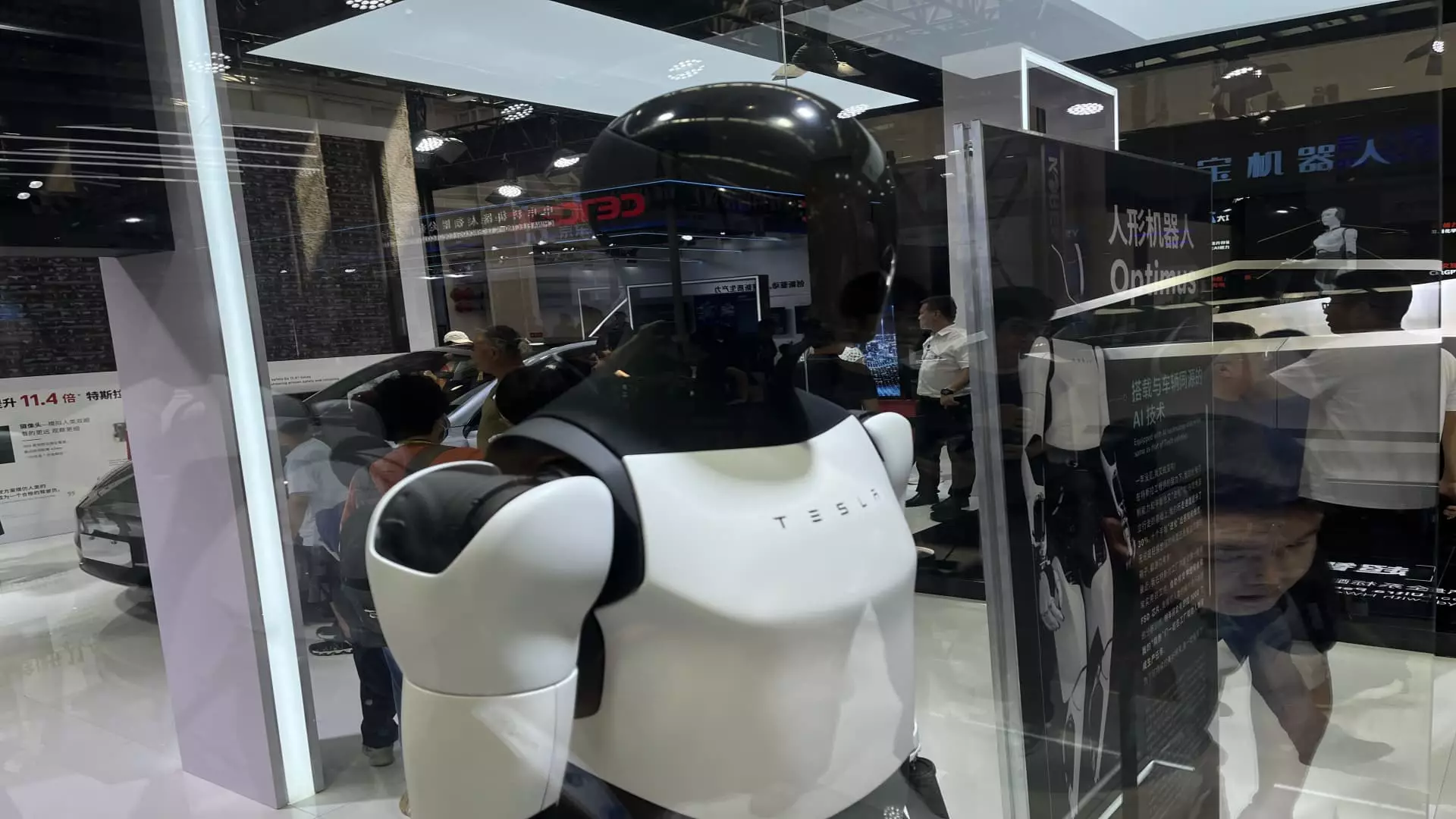The World Robot Conference in Beijing showcased a plethora of humanlike robots, with 27 debuting at the event, a new record. There is a rush in China towards the development of humanlike robots, with investments exceeding 100 billion yuan in the last decade. These robots are being designed to perform a wide range of tasks ranging from folding laundry to teaching children.
Commercial Viability of Humanoids
Experts predict that the next milestone for humanoid development will be a commercially viable use case in manufacturing, where the robots can move around independently and prioritize tasks. This level of sophistication goes beyond simple repetitive tasks like grabbing an object. Artificial intelligence plays a vital role in enhancing the capabilities of these robots, making them more efficient in processing information for task performance.
Companies like Agibot and Stardust Intelligence are leading the way in developing humanlike robots in China. Agibot, founded in February 2023, has unveiled a range of robots that can serve as salespeople, gallery guides, or factory part pickers. Stardust Intelligence, on the other hand, uses artificial intelligence to support their robots’ imitation learning process. These companies are pushing the boundaries of what humanoid robots can achieve in terms of functionality and capabilities.
While the development of humanlike robots is progressing rapidly, there are still challenges that need to be addressed. For example, the issue of power supply remains a key concern, as humanoid robots currently have limited battery life. Experts predict that by 2030, humanoid robots will be able to perform simple household tasks, nursing care, and medical treatments both independently and in cooperation with humans. However, fully autonomous humanoids may not become a reality until after 2050.
The world is witnessing a new era of innovation and advancement in the field of robotics, particularly in the development of humanlike robots. With investments pouring in and companies pushing the boundaries of what is possible, we are on the brink of a revolution that could potentially transform industries and society as a whole. The rise of humanlike robots in China and the U.S. is a testament to the boundless potential of technology and its ability to shape the future.

